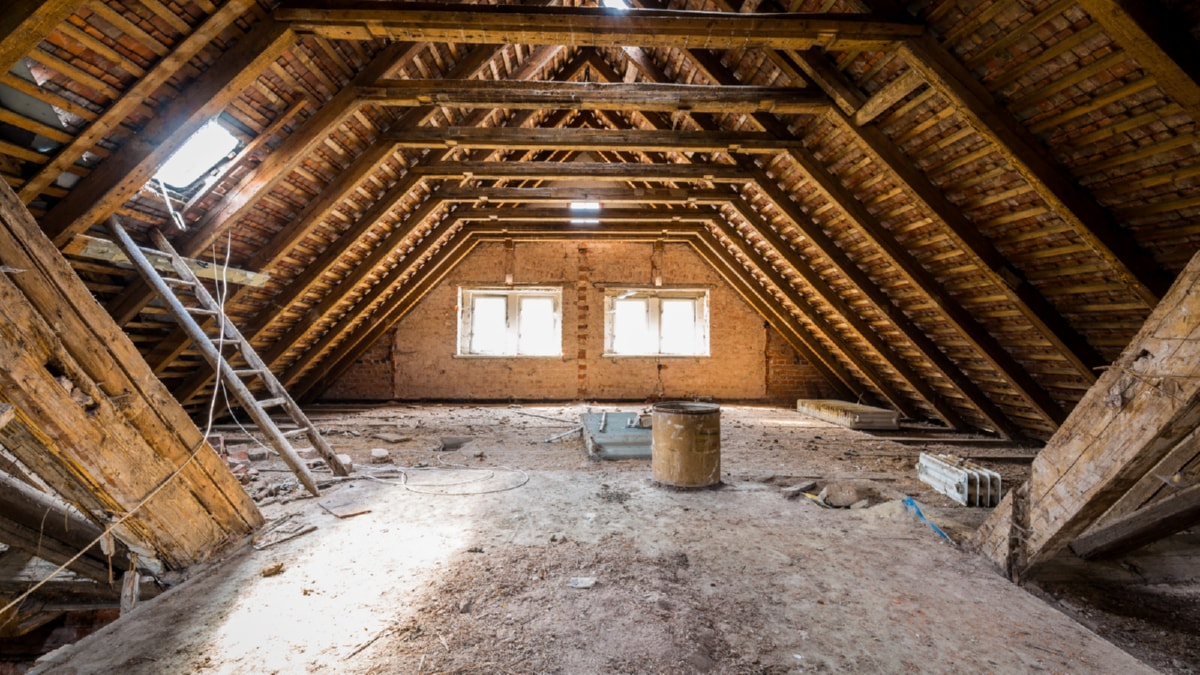Green building practices are rooted in the principle of minimizing environmental impact through the efficient use of resources. These practices involve the incorporation of sustainable materials, efficient energy utilization, water conservation, waste reduction, and ensuring a healthy indoor environment. These elements are all critical to promoting sustainability in the construction industry.
One significant impact of green building practices is the reduction of the overall carbon footprint of the construction industry. Traditional construction methods are known for their high greenhouse gas emissions. However, green building strategies focus on using renewable and energy-efficient materials, significantly reducing carbon emissions. Furthermore, green buildings utilize renewable energy sources such as solar and wind power, reducing reliance on fossil fuels, consequently cutting down greenhouse gas emissions.
Another astounding influence of green building practices is resource efficiency. Conventional construction methods are often characterized by wasteful resource use, leading to unnecessary exploitation of natural resources. On the contrary, green building practices emphasize the use of recycled and locally sourced materials, promoting resource efficiency and reducing the demand for raw materials. Additionally, green buildings are designed to be energy and water-efficient, leading to long-term conservation of these vital resources.
The construction industry also experiences economic benefits from green building practices. While the initial costs of green construction may be higher than traditional methods, the long-term savings in energy and water bills, maintenance costs, and improved health outcomes significantly outweigh the upfront costs. Green buildings have a longer lifespan and are less expensive to operate and maintain, making them economically viable in the long run.
Green building practices also improve occupant health and productivity. Traditional construction materials often contain harmful chemicals that can cause health problems. Green buildings utilize non-toxic materials, promoting a healthier indoor environment. Moreover, green buildings often incorporate natural light and ventilation, which have been proven to enhance productivity and overall well-being.
The impacts of green building practices on the construction industry’s sustainability are far-reaching and transformative. They not only provide a practical solution to the environmental crisis but also offer economic and social benefits. The adoption of these practices marks a critical step towards achieving a sustainable future in the construction industry.
However, the adoption of green building practices is not without challenges. These include higher upfront costs, lack of awareness, and technical challenges. Despite these hurdles, the benefits of green building practices provide a compelling case for their increased adoption.
In conclusion, green building practices are a potent tool for enhancing sustainability in the construction industry. They offer a balanced approach to construction, considering environmental, economic, and social aspects. With increasing awareness and technological advancements, the future of the construction industry lies in the broad adoption of these eco-friendly practices.
For more details, check best interlocking services Toronto or visit their business listing here.



